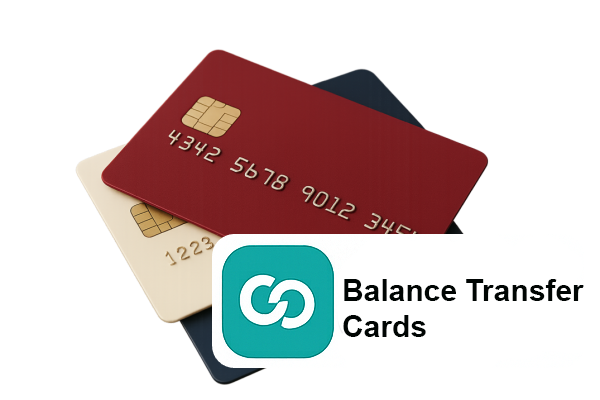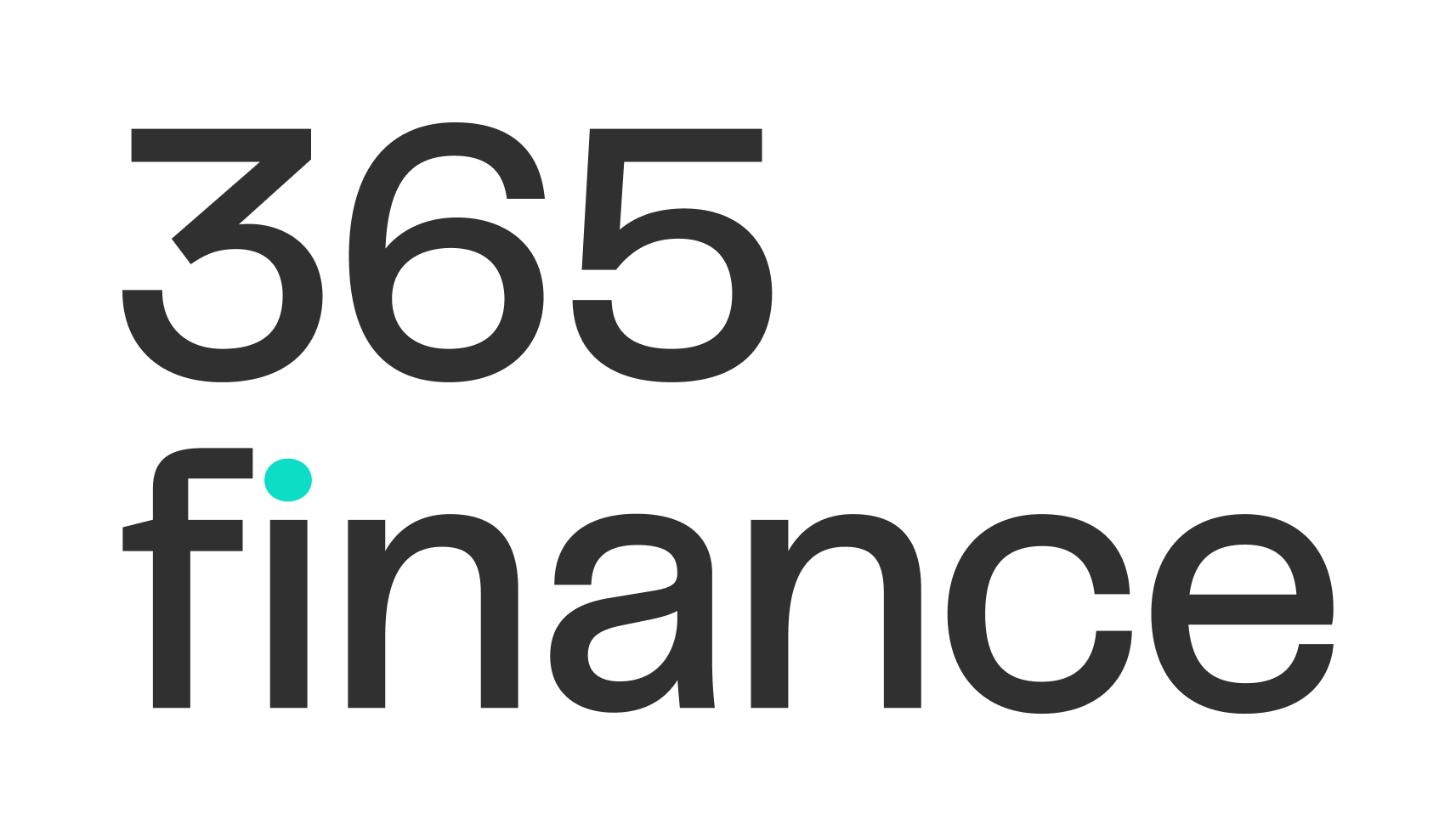The compound effect of accumulating new debt while servicing transferred balances can quickly overwhelm household budgets. Consumers may find themselves unable to meet minimum payments across multiple cards, leading to missed payments, penalty charges, and rapid deterioration of credit scores. This situation often results in consumers becoming trapped in high-cost credit cycles, where they rely increasingly on expensive forms of borrowing to meet basic living expenses.
Interest Rate Reversion and Payment Shock: The temporary nature of paused rates creates significant risks when these periods expire, often resulting in what financial advisors term “payment shock”. Most balance transfer cards revert to standard variable rates of 20-30% APR once the promotional period ends, which can be higher than the original cards from which debt was transferred. This reversion can dramatically increase monthly payment requirements, potentially making the debt unaffordable for consumers who have not cleared the balance during the promotional period.
The FCA’s research indicates that many consumers underestimate the impact of rate reversions, with approximately 60% failing to calculate the post-promotional payment requirements before applying for balance transfer cards. This lack of forward planning can result in severe financial difficulties when promotional rates expire, particularly for consumers with large transferred balances who have made only minimum payments during the promotional period.
The timing of rate reversions often coincides with other financial pressures, such as increased living costs or reduced income, creating perfect storm scenarios for financial distress. Consumers who have become accustomed to lower payment requirements during the promotional period may struggle to adjust their budgets to accommodate significantly higher payments when standard rates apply.
The calculation complexity surrounding post-promotional payments often exceeds the financial literacy levels of many consumers, leading to poor decision-making and inadequate preparation for rate changes. Consumers should seek professional guidance to understand the full implications of rate reversions before committing to balance transfer products.
Transfer Fees and Hidden Costs: Balance transfer fees represent a significant upfront cost that can substantially increase the total debt burden, with most providers charging between 2-4% of the transferred amount. For consumers transferring large balances, these fees can amount to hundreds or thousands of pounds, immediately increasing the debt that needs to be repaid. Providers are required to clearly disclose these fees, but research suggests many consumers underestimate their impact on total borrowing costs.
Hidden costs associated with balance transfer cards extend beyond transfer fees to include potential charges for exceeding credit limits, making late payments, or using cards for cash advances. These additional charges can quickly accumulate, particularly for consumers who are already struggling with debt management. The complexity of fee structures often makes it difficult for consumers to accurately calculate the total cost of balance transfer products.
The opportunity cost of transfer fees should also be considered, as these amounts could otherwise be used to reduce existing debt balances. For consumers with limited financial resources, paying substantial transfer fees may delay debt reduction and extend the period required to achieve financial stability.
Credit Score and Financial Profile Impact: Balance transfer applications typically involve hard credit searches that can temporarily reduce credit scores, particularly problematic for consumers who may need to apply to multiple providers to secure approval. Consumers with existing debt problems often have impaired credit profiles, making them more vulnerable to credit score reductions from multiple applications.
The impact of balance transfers on credit utilisation ratios can be complex and potentially negative, particularly when large balances are concentrated on single cards. While overall utilisation across multiple cards may improve, having high balances on individual cards can negatively impact credit scores, potentially affecting future borrowing opportunities and insurance premiums.
The timing of credit score impacts can be particularly problematic for consumers who may need access to other forms of credit, such as mortgages or personal loans, in the near future. The temporary reduction in credit scores following balance transfer applications can affect the terms offered on other credit products, potentially costing consumers thousands of pounds in higher interest rates or fees.
Long-term credit profile implications include the potential for balance transfer cards to remain on credit files for extended periods, particularly if consumers struggle to manage the transferred debt effectively. Missed payments or defaults on balance transfer cards can have severe and lasting impacts on credit scores, affecting financial opportunities for years to come.
Eligibility Restrictions and Limited Access:
The eligibility criteria for balance transfer cards often exclude consumers who would benefit most from these products, creating a paradox where those with the greatest need have the least access. Providers typically require excellent credit scores and stable income levels, effectively limiting access for consumers experiencing financial difficulties or those with impaired credit histories.
The credit limits offered on balance transfer cards may be insufficient to consolidate all existing debts, forcing consumers to maintain multiple credit relationships and potentially limiting the effectiveness of the debt consolidation strategy. Partial transfers can complicate debt management and may not provide the financial relief that consumers expect from balance transfer products.
Geographic and demographic restrictions may further limit access to balance transfer cards, with some providers focusing on specific regions or customer segments. These restrictions can create inequalities in access to debt management tools, potentially disadvantaging vulnerable consumer groups who may have limited alternatives for debt consolidation.
The application process complexity and documentation requirements can present barriers for consumers with limited financial literacy or those experiencing stress-related difficulties in managing their financial affairs. The need to provide detailed financial information and navigate complex application processes may deter consumers from accessing potentially beneficial products or lead to incomplete applications that result in rejection.
Professional Risk Assessment and Mitigation Strategies:
Financial professionals emphasise that balance transfer cards should never be viewed as standalone solutions to debt problems, but rather as tools that require comprehensive financial planning and ongoing management. It is strongly recommended that consumers seek professional debt counselling before applying for balance transfer cards, particularly if they have multiple debts or concerns about their ability to repay within promotional periods.
The importance of developing realistic repayment plans cannot be overstated, with financial advisors recommending that consumers calculate exact monthly payment requirements to clear transferred balances before promotional rates expire. These calculations should include provisions for unexpected expenses and income reductions, ensuring that repayment plans remain achievable even if circumstances change.
Professional guidance on spending behaviour modification is essential for consumers considering balance transfers, as the underlying causes of debt accumulation must be addressed to prevent recurrence. This may involve budgeting education, spending tracking systems, and in some cases, psychological support to address compulsive spending behaviours.
The timing of balance transfer applications should be carefully considered in relation to other financial commitments and life events, with professional advisors recommending that consumers avoid balance transfers during periods of financial uncertainty or major life changes. The additional complexity and payment obligations associated with balance transfer cards can exacerbate financial stress during difficult periods, potentially leading to worse outcomes than maintaining existing credit arrangements.






































